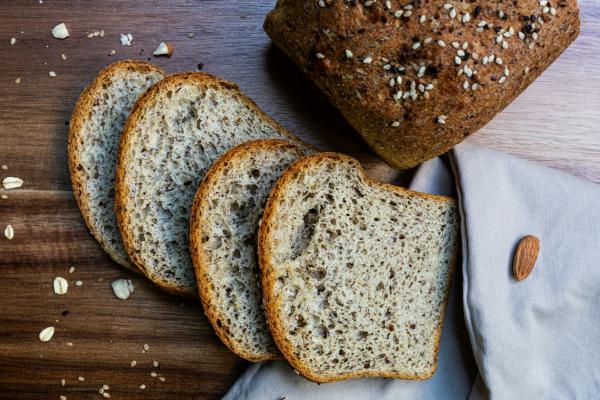


Eating enough protein is crucial for building and maintaining muscle mass, supporting weight loss, and keeping you feeling full between meals. While most people obtain their protein from meat, dairy, eggs, legumes, and other common sources, bread can also provide valuable protein to your diet if you select the appropriate type. In this comprehensive guide, we will explore the benefits of high protein bread, provide tips on how to shop for it, offer instructions on how to make it at home and share some delicious protein bread recipes.
This type of bread that contains significantly more protein than regular bread. It is designed to cater to individuals who are looking to boost their protein consumption while nevertheless enjoying the taste and convenience of bread.
There are several reasons why you may want to make this bread a regular part of your diet.
Two slices of regular white bread contain around 5 grams of protein in total. Switching to protein bread varieties can increase that to 10–15 grams of protein per two-slice serving, making it easy to get more protein in your diet without completely overhauling your eating habits.
The Recommended Dietary Allowance (RDA) for protein is 0.8 grams per kilogram of body weight per day. However, many experts recommend consuming more than the Recommended Daily Allowance (RDA), with optimal intakes for adults ranging from 1.2 to 2.0 grams per kilogram of body weight.
Protein is one of the most satiating macronutrients, meaning it keeps you feeling fuller for longer compared to an equal number of calories from carbohydrates or fat.
Choosing protein bread can help curb hunger pangs and limit overeating at other meals. In one study, individuals who consumed protein bread reported experiencing less hunger and greater feelings of fullness in comparison to those who consumed regular wheat bread.
Keeping hunger under control is important for anyone trying to lose or maintain their weight.
Consuming adequate protein is essential for building lean muscle mass through strength training and exercise. The amino acids that comprise dietary protein are the fundamental units that your body utilizes to synthesize new muscle tissue.
Selecting this bread and other protein-rich foods makes it easier to meet the recommended daily intake of protein.
Eating more protein can also help promote weight loss. In one study, women who increased their protein intake to 30% of total calories consumed 441 fewer calories per day and lost 11
pounds over 12 weeks. Higher protein intake boosts metabolism, reduces hunger and cravings, and helps preserve muscle mass during weight loss.
If you are trying to lose weight, switching to high protein bread can help you make progress on the scale without needing to make drastic changes to your diet.
Replacing refined grains with protein bread may also help regulate blood sugar levels. Refined grains lack fiber and cause a rapid increase in blood sugar levels after consumption.
In comparison, bread with high protein is made with whole grains and additional sources of protein. The fiber and protein help to reduce the blood sugar spike that occurs after eating.
For individuals with prediabetes or diabetes, consuming protein bread can assist in regulating blood sugar levels after meals.
When shopping for protein bread, it is important to read nutrition labels closely and look for the following characteristics:
Popular protein additives used in protein bread include wheat protein, milk protein, egg protein, soy protein, pea protein, hemp protein, chia seeds, flax seeds, and quinoa flour. Look for these ingredients in the list for an added protein boost.
You don’t have to exclusively buy or bake specialty protein bread to increase your intake. You can transform any store-bought bread into a higher protein option with a few simple additions.
With a little creativity, you can increase the protein content of regular bread from 5 grams to 15 or 20 grams, which can help you achieve your fitness goals.
Like most foods, bread can be a part of a healthy diet in moderation when you choose the right kind. Standard refined white bread is low in nutrients and can cause a rapid spike in blood sugar levels.

But bread made from whole grain flour and protein-rich seeds offers more nutritional value. The fiber helps maintain stable blood sugar levels, while the additional protein promotes a feeling of fullness and aids in muscle maintenance.
Enjoying a couple of slices of high protein whole-grain bread on a daily basis provides health benefits as long as the rest of your diet is balanced. Those who are limiting carbohydrates may want to watch portion sizes, even when consuming high protein bread.
As with any food, be cautious of excessive processing. Some high-protein breads are often made with whey protein concentrates, preservatives, and stabilizers during the manufacturing process. Check the ingredients and choose products that are made with simple, recognizable foods.
Still have questions about incorporating bread with high protein into your diet? Here are answers to some frequently asked questions:
Yes, bread with high protein can support a weight-loss diet. The additional protein increases satiety, which helps to reduce hunger and cravings. The fiber stabilizes blood sugar levels to minimize insulin spikes. Both of these assists with consuming fewer total calories.
The Recommended Dietary Allowance (RDA) for protein is 0.8 grams of protein per kilogram of body weight per day. However, active individuals or those trying to build muscle should aim for 1.2-2.0 grams per kilogram of body weight. High-protein bread makes it easier to meet these elevated protein targets.
Eating a diet that is very high in protein for extended periods can have an impact on kidney function, especially for individuals who already have existing kidney issues. However, for healthy individuals, higher protein intakes of up to 35% of calories have not been shown to harm kidney function.
Yes, there are many gluten-free options for high-protein bread, such as those made with almond flour, coconut flour, or protein powders. Avoid bread made with wheat, barley, or rye if you need to follow a gluten-free diet.
For optimal nutrition and protein, choose 100% whole grain breads without added sugars or preservatives. Look for bread with at least 3 grams of fiber and 5 or more grams of protein per slice. Sprouted and sourdough bread also provide health benefits.
Adding high-protein bread to your regular meal rotation or swapping it in place of traditional options makes it simple to enjoy more protein with minimal dietary changes. Look for a variety made with wholesome ingredients to maximize the nutritional benefits.
To maximize protein intake, enjoy high-protein bread as part of a balanced diet with lean protein sources, fruits and veggies, healthy fats, and minimally processed whole foods. With delicious and nutritious high-protein bread recipes, it’s easier than ever to consume more of this satiating macronutrient.
Lorem ipsum dolor sit amet, consectetur adipiscing elit. Ut elit tellus, luctus nec ullamcorper mattis, pulvinar dapibus leo.








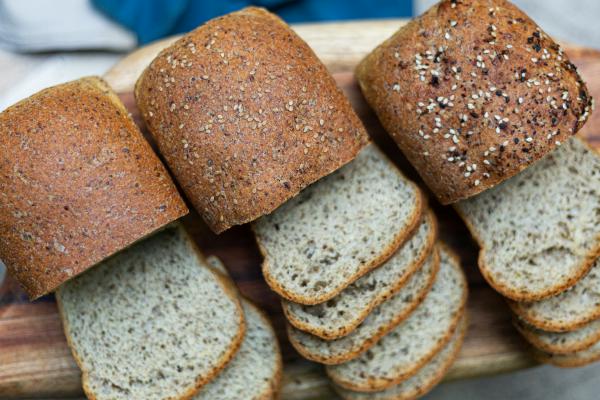





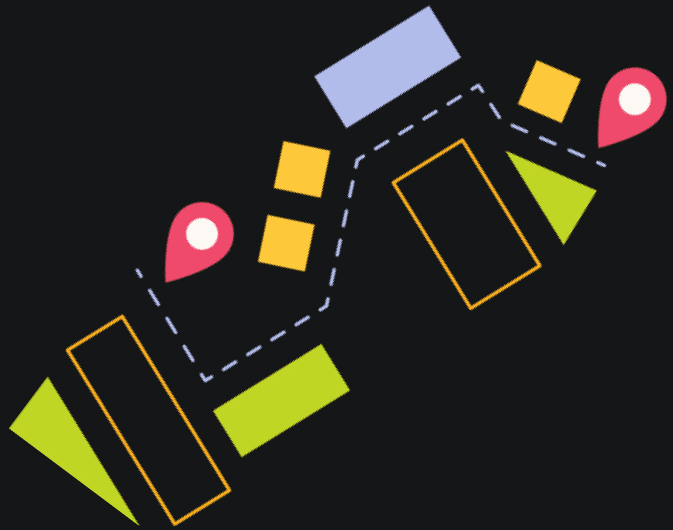

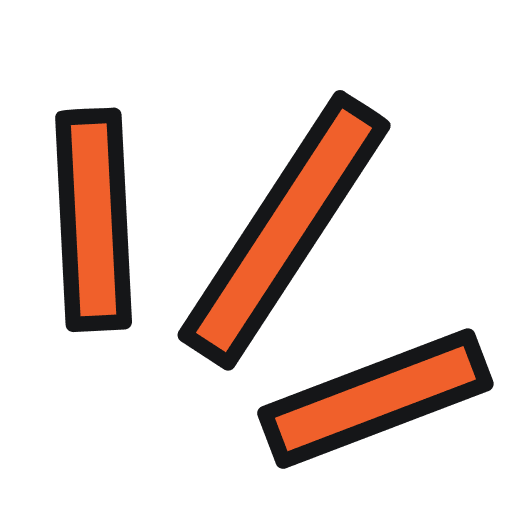

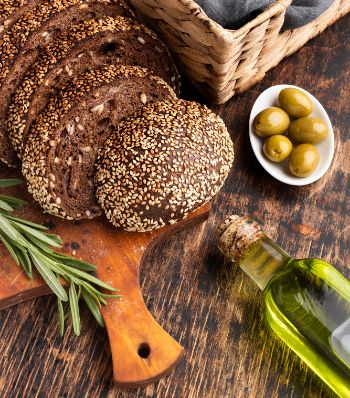

Sign up below to receive exclusive deals and be first to know when delicious new products are coming out.